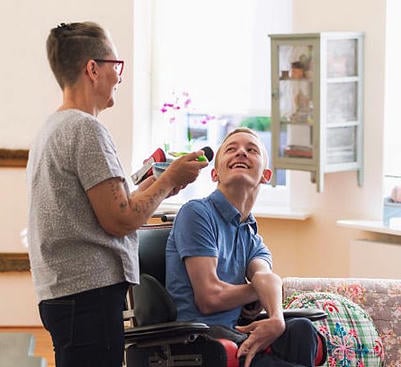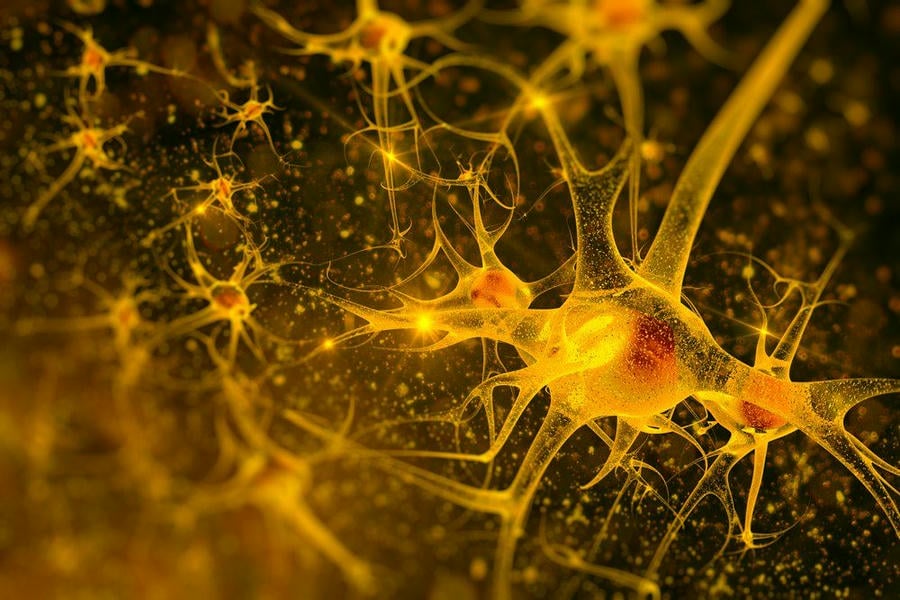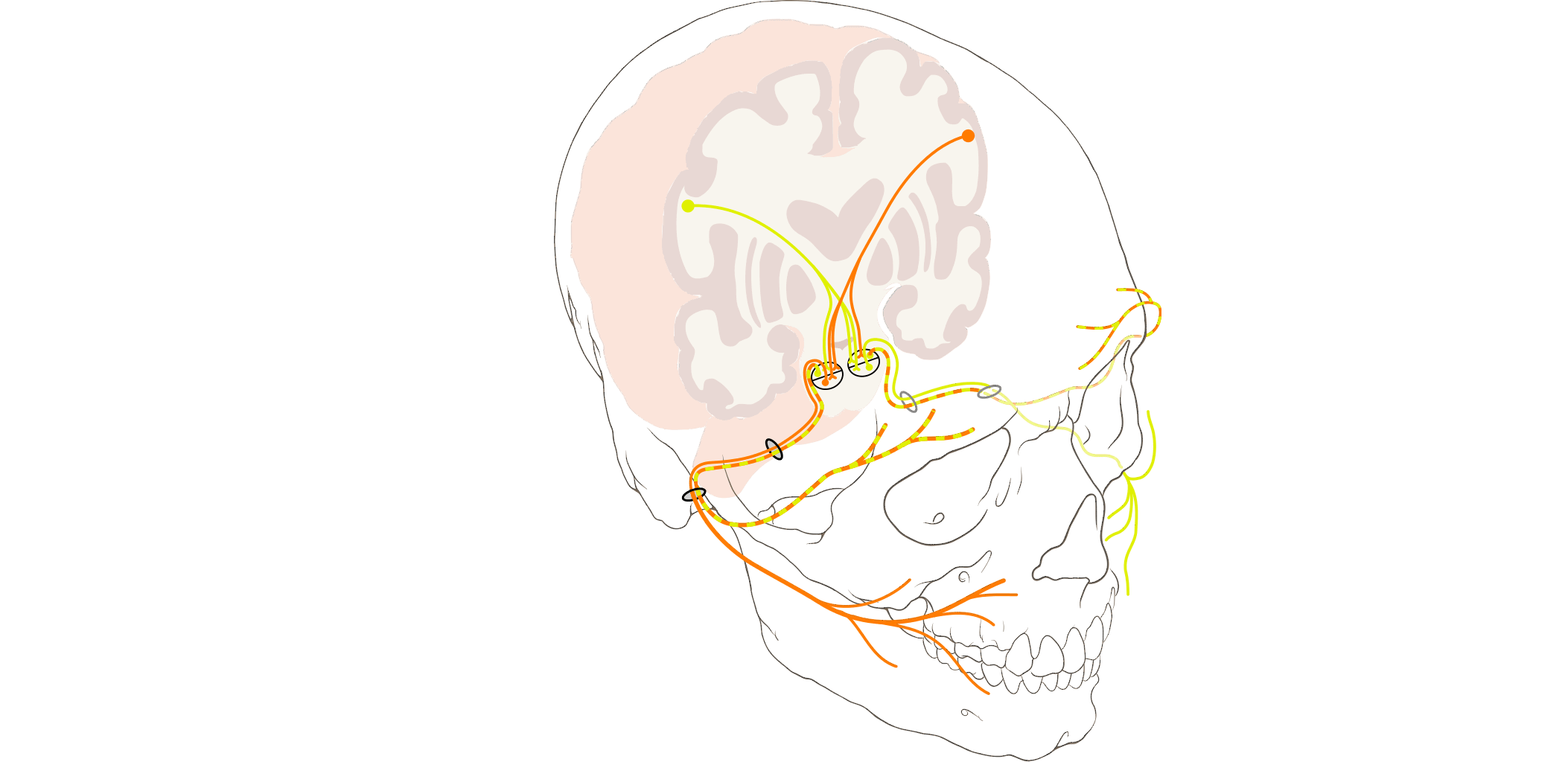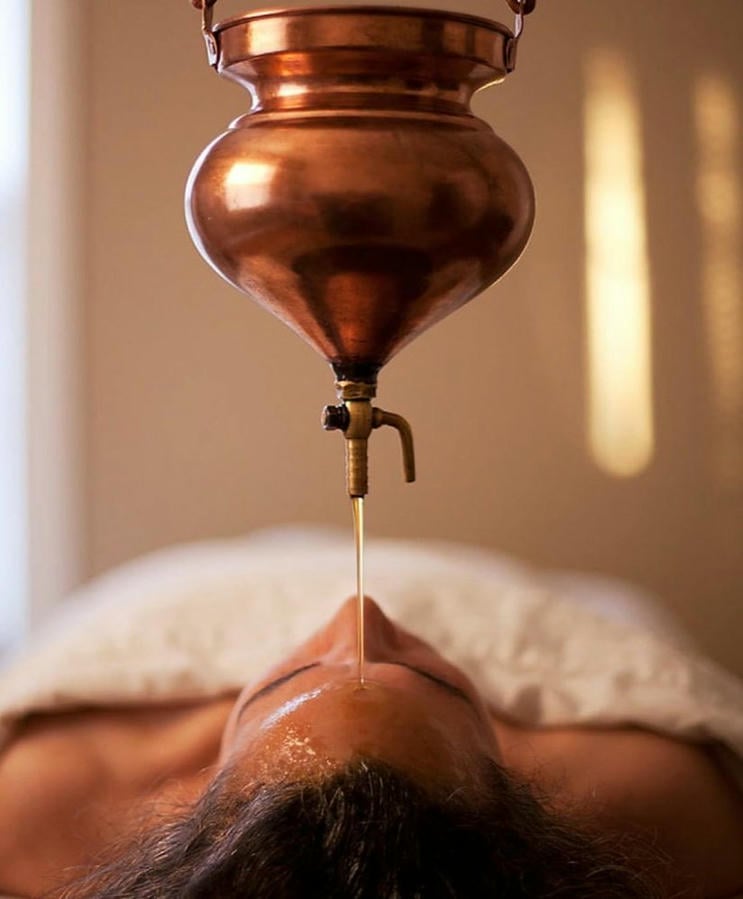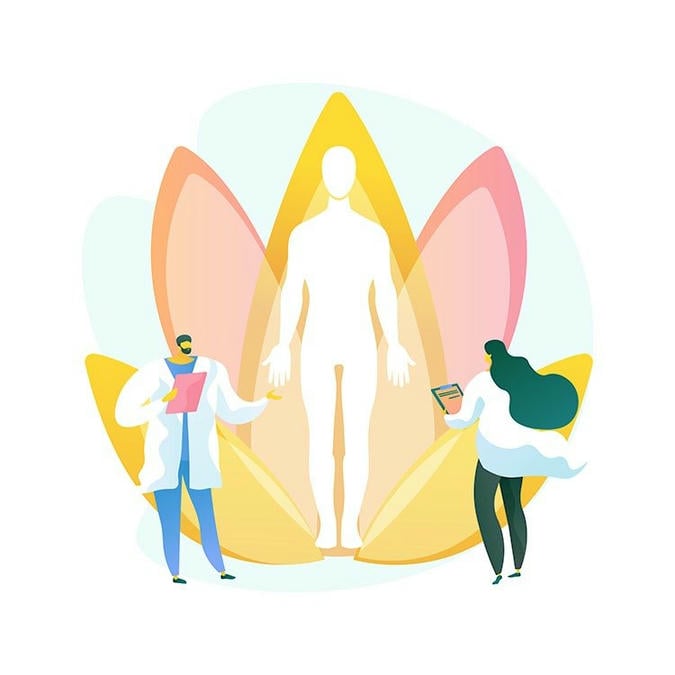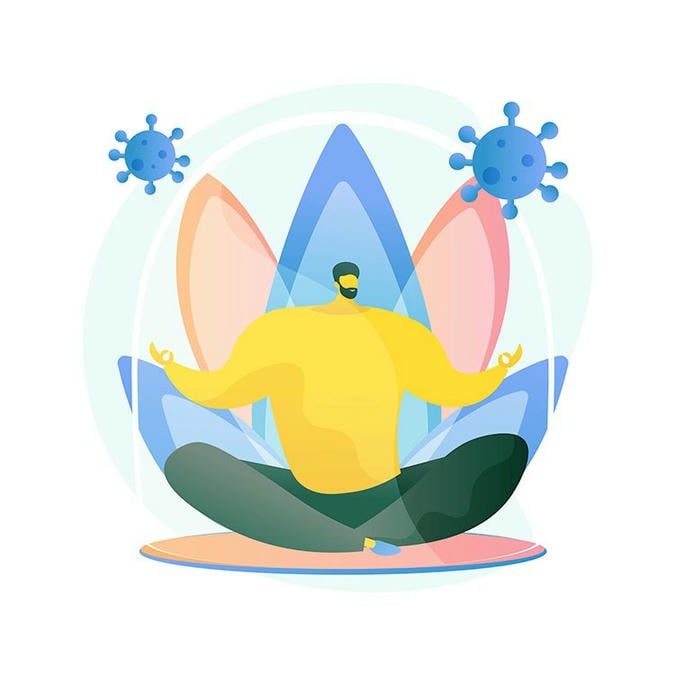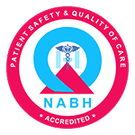The major types of motor neurone disease cure have been discussed below.
ALS: Amyotrophic Lateral Sclerosis
The most prevalent type of MND cure, known as ALS, impacts both upper and lower motor neurons. Muscle rigidity and weakness as well as hyperactive reflexes are hallmarks of ALS. Arms and legs typically stop functioning normally first in ALS patients, with breathing, swallowing, and speaking muscles suffering later in the disease's course.
PBP: Progressive Bulbar Palsy
Although it affects both upper and lower motor neurons, talking and swallowing muscles are typically affected first. PBP frequently manifests as speech slurring or trouble swallowing. PBP eventually extends to other bodily muscles, including the arms and legs. PBP has a six-month to three-year life expectancy after the onset of symptoms.
PLS: Primary Lateral Sclerosis
PLS is extremely uncommon and limited to the higher motor neurone cure. PLS may manifest similarly to other forms of motor neuron disease. PLS advances slowly, with a maximum life expectancy of 10–20 years. PLS may manifest similarly to other forms of motor neuron disease. PLS can present with a variety of initial symptoms, such as balance issues, muscle weakness and stiffness, especially in the legs, speech slurring, and cramps and spasms in the muscles.
PMA: Progressive Muscular Atrophy
Only the lower motor neurone treatment are impacted in this kind, and people with PMA usually experience a slower pace of advancement. Both the legs and the arms (flail leg type) may experience the onset of PMA. Among the lower motor neuron symptoms are widespread muscle atrophy and weakness, loss of weight, missing reflexes, and twitching of the muscles.

